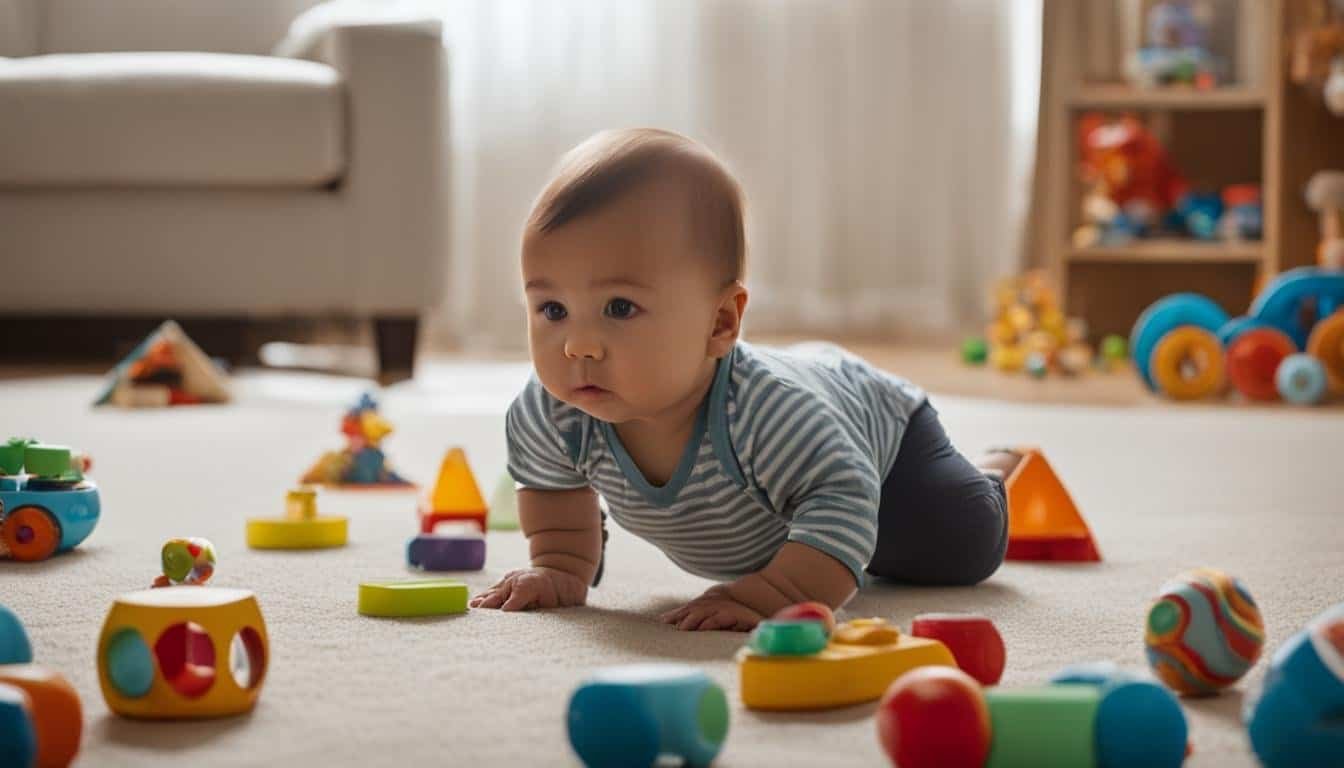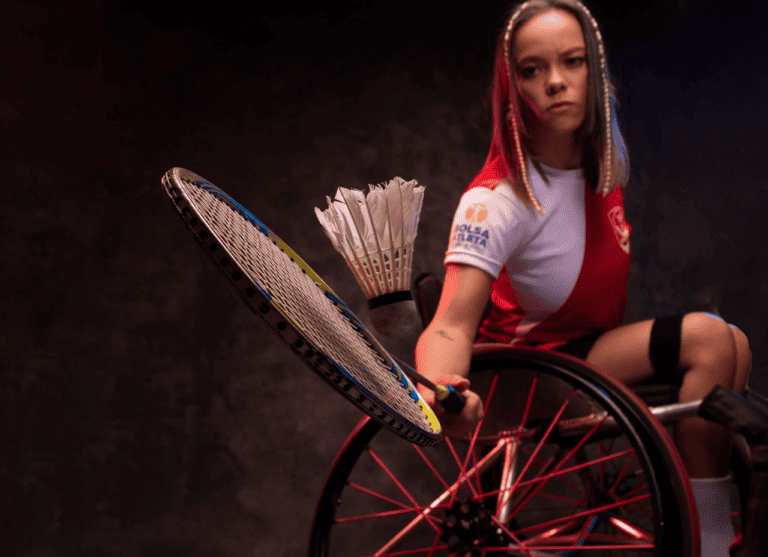Gross Motor Skills in Infancy: Key Milestones and Tips
Gross motor skills in infancy are essential for the development of large muscles in the arms, legs, and torso. These skills enable infants to engage in everyday physical activities such as walking, running, throwing, lifting, and kicking. They also contribute to body awareness, reaction speed, balance, and strength, laying the foundation for fine motor skills. Understanding the milestones for gross motor skills in infants is crucial for parents and caregivers to support their physical development.
During the first five years of life, infants reach specific developmental milestones for gross motor skills at different ages. These milestones include turning their heads while lying on their back, lifting their heads and turning on their belly, rolling from belly to back, sitting, crawling, standing, and walking. It is important to provide infants with opportunities to explore and engage in a variety of gross motor activities to promote their physical development.
Key Takeaways:
- Gross motor skills in infancy refer to the development of large muscles in the arms, legs, and torso.
- These skills are crucial for everyday physical activities and contribute to body awareness and strength.
- There are specific milestones for gross motor skills in infants at different ages.
- Providing opportunities for infants to engage in a variety of gross motor activities promotes their physical development.
- Parents and caregivers should create a safe and stimulating environment to encourage exploration and movement.
Gross Motor Development Milestones in Infancy
Gross motor development milestones in infancy play a crucial role in a child’s physical development. As infants grow and develop, they go through various milestones that enhance their gross motor skills. These milestones occur at different stages, showcasing the progress and growth of infants’ physical abilities.
During the newborn to two-month-old stage, infants begin to exhibit certain movements and actions that demonstrate the development of their gross motor skills. They can turn their heads to both sides while lying on their back, lift their heads and turn to both sides while on their belly, and kick both legs and move both arms equally. These early milestones lay the foundation for further development and exploration of their physical abilities.
Between three to four months, babies continue to strengthen their gross motor skills. They can now raise their heads in line with the trunk when pulled to sit, push up on their forearms, turn their heads side to side while on their belly, and even roll from belly to back. These milestones mark an important transition as infants gain more control over their bodies and begin to engage in intentional movements.
As infants progress further, they develop the ability to sit, crawl, stand, and walk with support from furniture or by holding hands. By the age of two, children should be able to walk and run fairly well, climb stairs, jump, and kick a ball. These milestones reflect the significant growth and progress infants make in their gross motor skills during the early years of childhood.
Creating a safe and stimulating environment that encourages exploration and movement is key to promoting gross motor skills in infants. Providing opportunities for them to engage in age-appropriate activities and play can help enhance their gross motor development and lay a strong foundation for their physical abilities.
Physical Activity Recommendations for Infants and Toddlers
Physical activity plays a vital role in promoting gross motor skills in infants and toddlers. According to the American Heart Association, it is recommended that infants and toddlers engage in 180 minutes of activity spread throughout the day. This includes both structured and unstructured play.
For infants, there are various activities that can help promote gross motor development. These include:
- Crawling and walking on various surfaces
- Sitting with support on an exercise ball
- Mommy/daddy and me classes such as yoga and swimming
As children grow, there are additional activities that can further enhance their gross motor abilities:
- Bounce house play
- Jump rope
- Yoga
- Dance
- Gymnastics
- Cheerleading
It is crucial to provide a variety of activities that challenge and engage the child, helping them build strength, coordination, and confidence in their bodies.
Problems with Gross Motor Development and Intervention Options
If a child is not reaching the expected gross motor development milestones or consistently missing them, it may be necessary to seek intervention options. Physical therapy can assess a child’s development and address any concerns or delays in gross motor skills. Physical therapists can conduct comprehensive examinations to determine barriers to safe body movement and provide therapeutic activities tailored to the child’s age, cognitive status, ability level, and interests. The goal is to help the child develop strength, balance, coordination, and gross motor skills needed for everyday activities and participation with peers. If you have concerns about your child’s gross motor development, it is recommended to consult with a physician or therapist for an evaluation.
| Signs of Delayed Gross Motor Development | Intervention Options |
|---|---|
|
|
Early intervention is crucial for addressing gross motor skill delays in infants. Through targeted interventions, therapists can help infants overcome obstacles and reach their full potential. Physical therapy can include exercises to improve strength, balance, and coordination, as well as activities to enhance motor planning and body awareness. Occupational therapy focuses on the development of fine motor skills, sensory processing, and self-care activities. Specialized motor skill programs provide structured activities to improve specific gross motor skills. Assistive devices and adaptive equipment are also available to support children with physical disabilities.
Case Study: Ethan’s Journey
“Ethan was a 15-month-old with delayed gross motor skills. He was not able to crawl or pull himself up to stand. His parents became concerned about his development and sought help from a physical therapist. After a comprehensive evaluation, a personalized intervention plan was created for Ethan. The therapist used play-based activities to improve his strength, balance, and coordination. Within a few weeks, Ethan started to crawl and pull himself up, and his overall motor skills improved significantly. With continued therapy, Ethan was able to catch up to his peers and reach important gross motor milestones.”
Early identification of gross motor skill delays and appropriate intervention can make a significant difference in an infant’s development. By seeking professional guidance, parents can help their babies overcome any obstacles and enhance their gross motor skills.
Conclusion
Gross motor skills in infancy are vital for a child’s physical development. As infants progress from newborns to five-year-olds, they achieve significant milestones such as lifting their heads, rolling, sitting, crawling, standing, and walking. Parents can play a crucial role in supporting and enhancing their child’s gross motor skills by creating a stimulating environment and encouraging age-appropriate activities.
It is essential to remember that each child develops at their own pace and has unique abilities. If parents have concerns about their child’s gross motor development, seeking intervention options like physical therapy can help address any delays or difficulties. Physical therapists are skilled in assessing the child’s development and providing tailored therapeutic activities to promote strength, balance, coordination, and overall gross motor skills needed for everyday activities and social interaction with peers.
By prioritizing the promotion of gross motor skills in infancy, parents can help their child establish a solid foundation for physical development and overall well-being. The early years are crucial for laying the groundwork for future motor skills, so investing time and effort in supporting a child’s development during this period can have long-lasting benefits.







